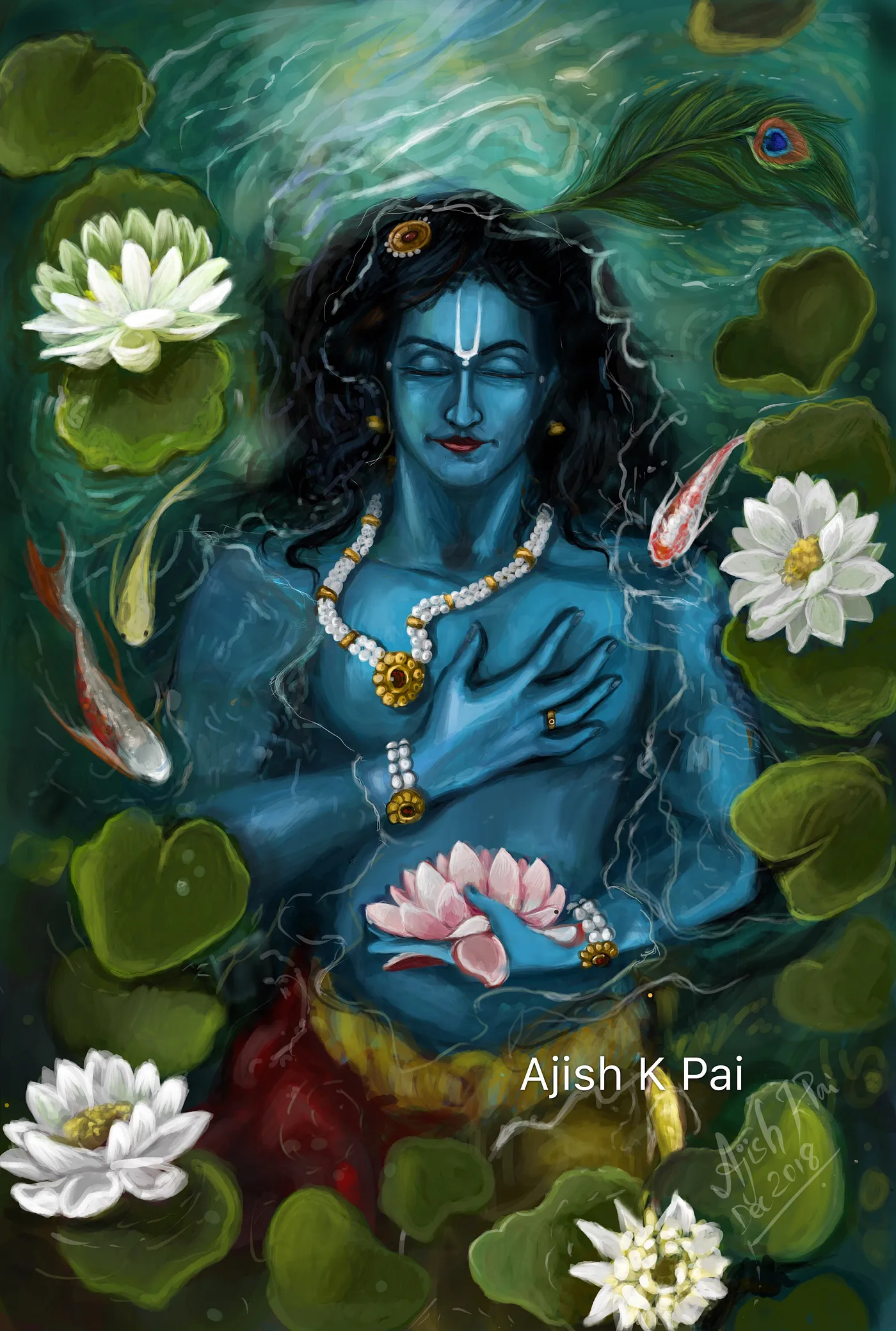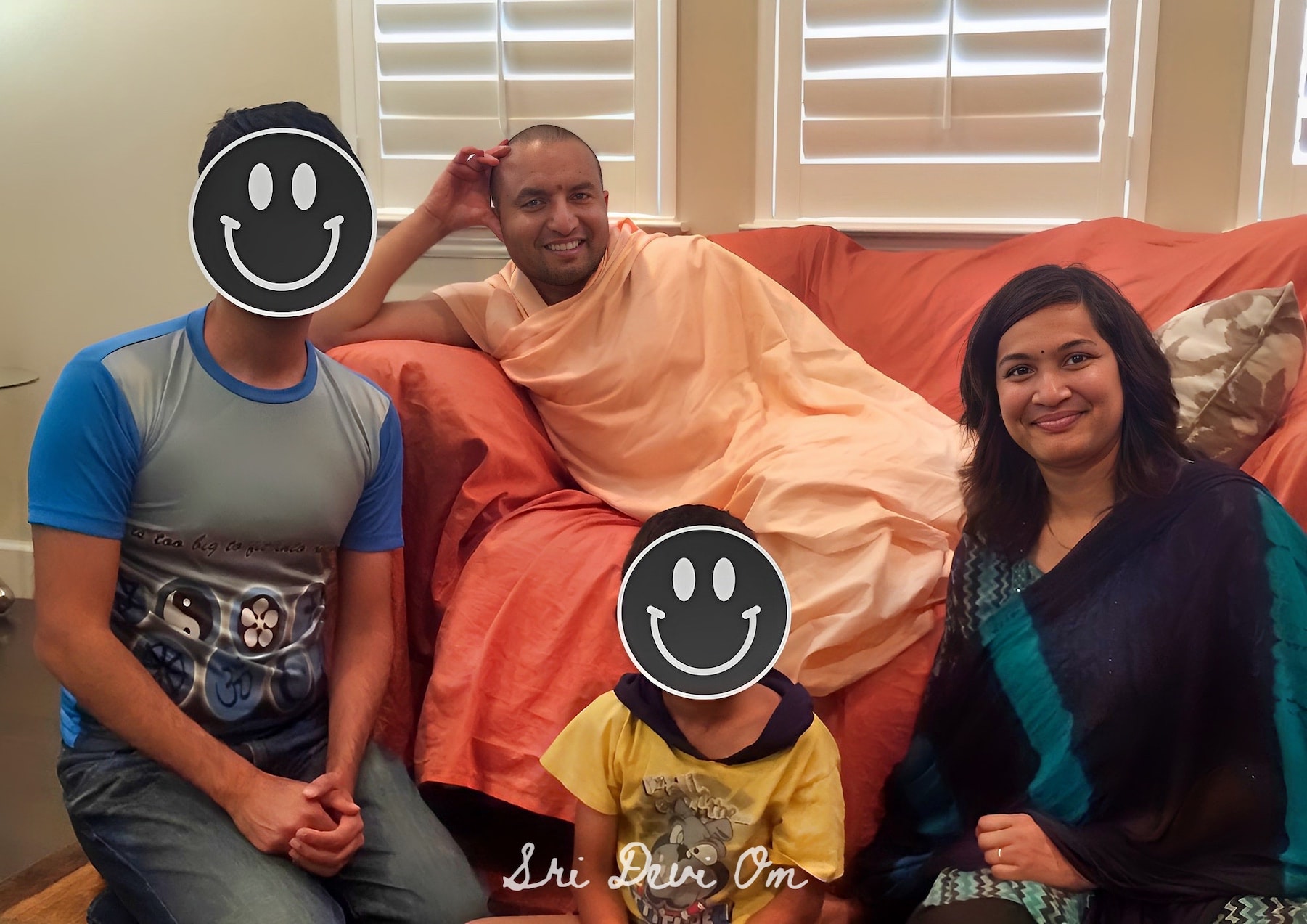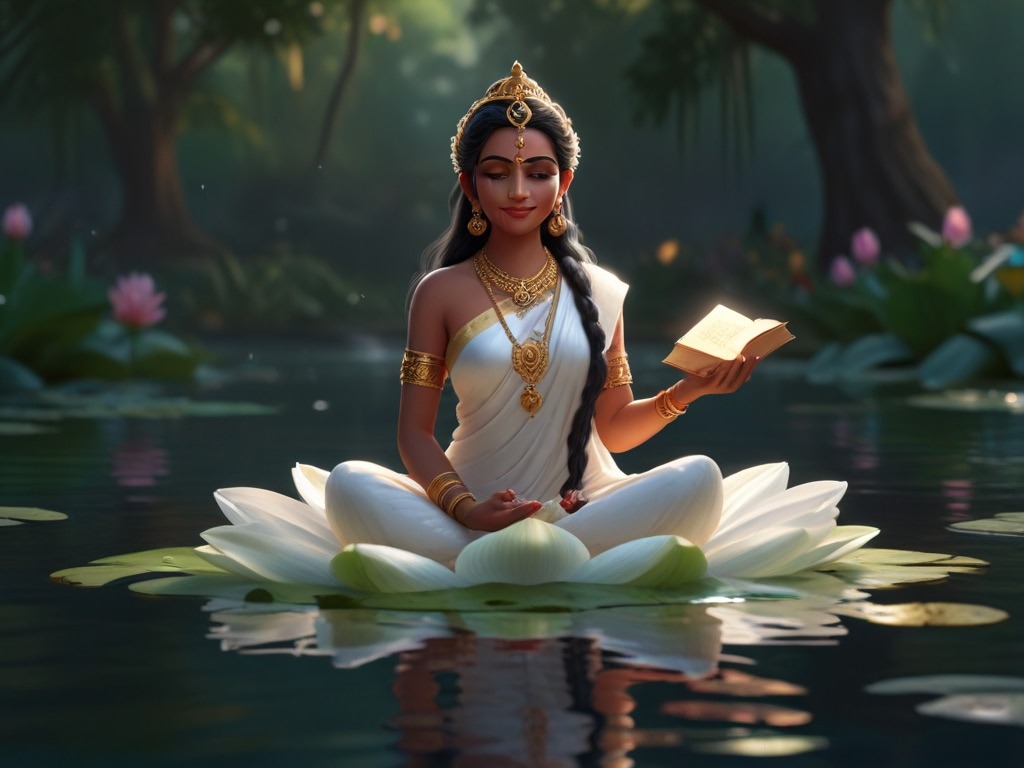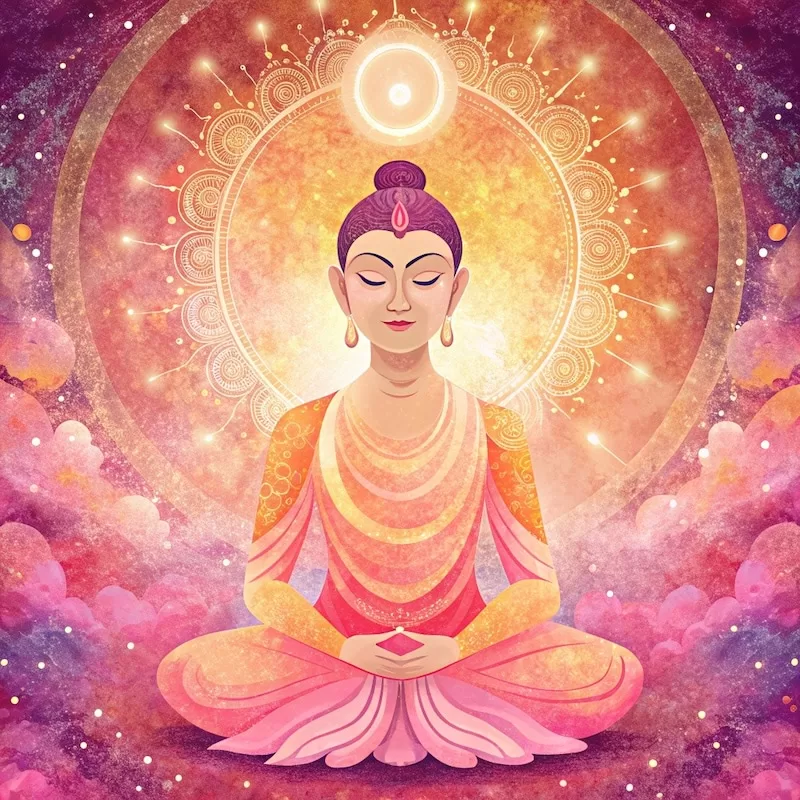In the Mahabharata, Ashvatthama performed a heinous crime. Hoping to kill the fetus, he attacked the deceased Abhimanyu’s pregnant wife, Uttara. As a result, she delivered a child that appeared stillborn.
Since that newborn was the sole heir to King Yudhishthira, many got shaken up by this sad occurrence. Even the sages couldn’t fathom how Sri Krishna would save the child.
At that time, Sri Krishna said, “Only one thing can revive this baby. The purifying touch of a Nitya Brahmachāri.”
No sage in the vicinity, some of whom were celibate, dared to touch that child. Since nobody came forward, Sri Krishna took the task upon himself, saying, “If I’m a Nitya Brahmachāri, may this child come alive.”
A miracle occurred, and the baby began to breathe. Later, that kid grew up to be Vishnuratha, also known as Parikshitha.
What is Brahmacharya?
In the above story, Brahmachāri or Brahmachārin refers to a man pursuing Brahmacharya. A woman following the same is Brahmachārini.
Sadly, due to the systematic degradation of Sanatana Dharma over the years, many think those titles denote refraining from physical intimacy. If that were true, how could Sri Krishna, with many wives, be a Brahmachāri? And that, too, a Nitya or eternal one!
As Sri Krishna’s tale suggests, Brahmacharya is not sexual abstinence. The term Brahmacharya is a combination of two Sanskrit root words:
- Brahma: Divine
- Charya: Conduct, Proceeding
Therefore, Brahmacharya means keeping divine conduct. Another meaning of the same word is proceeding to the divine.
Celibacy and Conduct
Spiritual texts across all religions have one thing in common. They all recommend we be good human beings before pursuing anything else. For nothing speaks volumes about us than our conduct.
However, what constitutes ‘divine conduct’ and ‘being a good human’ is highly subjective. As is common in SD, there’s no definition of what these represent.
Therefore, whenever the topic of good conduct comes up, the only thing most people think of is sexual abstinence. This mental conditioning has become so deep-rooted that even the term Brahmacharya has come to imply celibacy.
Nevertheless, Sri Krishna proved, hands down, that celibacy or how active we are sexually has nothing to do with Brahmacharya. While the celibate monks stood and watched, Sri Krishna demolished their egos by his actions!
To make the point clear —
Sexual intimacy between two adults, which is consensual, does not constitute bad conduct. But cheating in the name of affairs when we are in a committed relationship is one.
Also, Sanatana Dharma (SD) had Shivas and Vishnus and Vashishtas and Vishvamitras, who were all married Brahmacharis.
Just a few monks practiced celibacy because they wanted to stay away from distractions. That’s pretty much it.
The Divine Conduct
Next comes the question: If there’s no set doctrine on divine conduct, how do we adopt it? The answer lies in the second meaning of Brahmacharya, proceeding to the divine.
In other words, divine conduct is a behavior that takes you closer to the divine in you. Thereby, you feel immense peace and calm. For instance, if anger makes you restless, then letting it go is Brahmacharya. If kindness makes you feel fulfilled, then adopting it is also Brahmacharya.
If you can keep your hands on your heart and say, I acted in a way that befits me in every situation, you’re following Brahmacharya or divine conduct.
Before acquiring the Sannyasa mindset, one must adopt Brahmacharya in one’s life. To repeat that in simpler terms, before we pursue spirituality, we ought to behave in a way that helps us feel proud of ourselves.
Types of Brahmacharya
In ancient times, a person’s first sixteen to twenty-five years were reserved for teaching them Brahmacharya and putting them on a path to develop the Sannyasa mindset. Now, situations are such that people hardly think about their conduct or about walking the spiritual path. Even the few that pursue it find this route only when their mid-age crisis kicks in!
Regardless of when you start practicing divine conduct and spirituality, there are three main types of Brahmacharya:
- Upakurvāṇa Brahmacharya: Some pursued the Sannyasa mindset alongside their worldly life. Such students learned Brahmacharya from a guru. Then, they went about with their routine life. This type of Brahmacharya is called Upakurvāṇa.
- Naiṣṭhika Brahmacharya: A few dedicated their lives to acquiring the Sannyasa mindset. After developing Brahmacharya, they remained with their guru and helped their cause. This type is Naiṣṭhika.
- Nitya Brahmacharya: Finally, there were the liberated ones. They had made divine conduct a part of their existence before establishing themselves in the Sannyasa mindset. Hence, they remained in Brahmacharya forever, and that rare type was called Nitya.
Conclusion
Spirituality’s primary goals are Mukti, freedom from desires, and Moksha, developing non-attachment. Acquiring the Sannyasa mindset (a topic for another day) can get us there. And the foundation for our spiritual journey is Brahmacharya, behaving in a way that befits us.
That’s the entire story of spirituality in a nutshell. If you’ve read anything else about Brahmacharya, it’s better to unlearn it.
It’s time for us to revive Sanatana Dharma by freeing it from Buddhist and Christian thoughts — where sexual activity is shunned or considered a sin — that have seeped into it during the British rule of India.
Love,
Sri Devi Om
Featured Image: Ajishrocks



